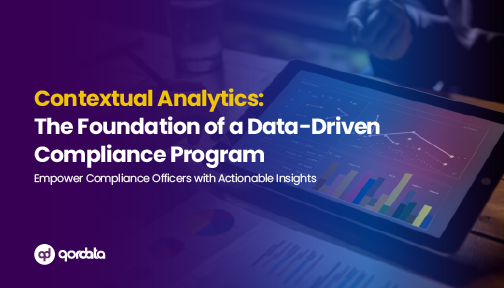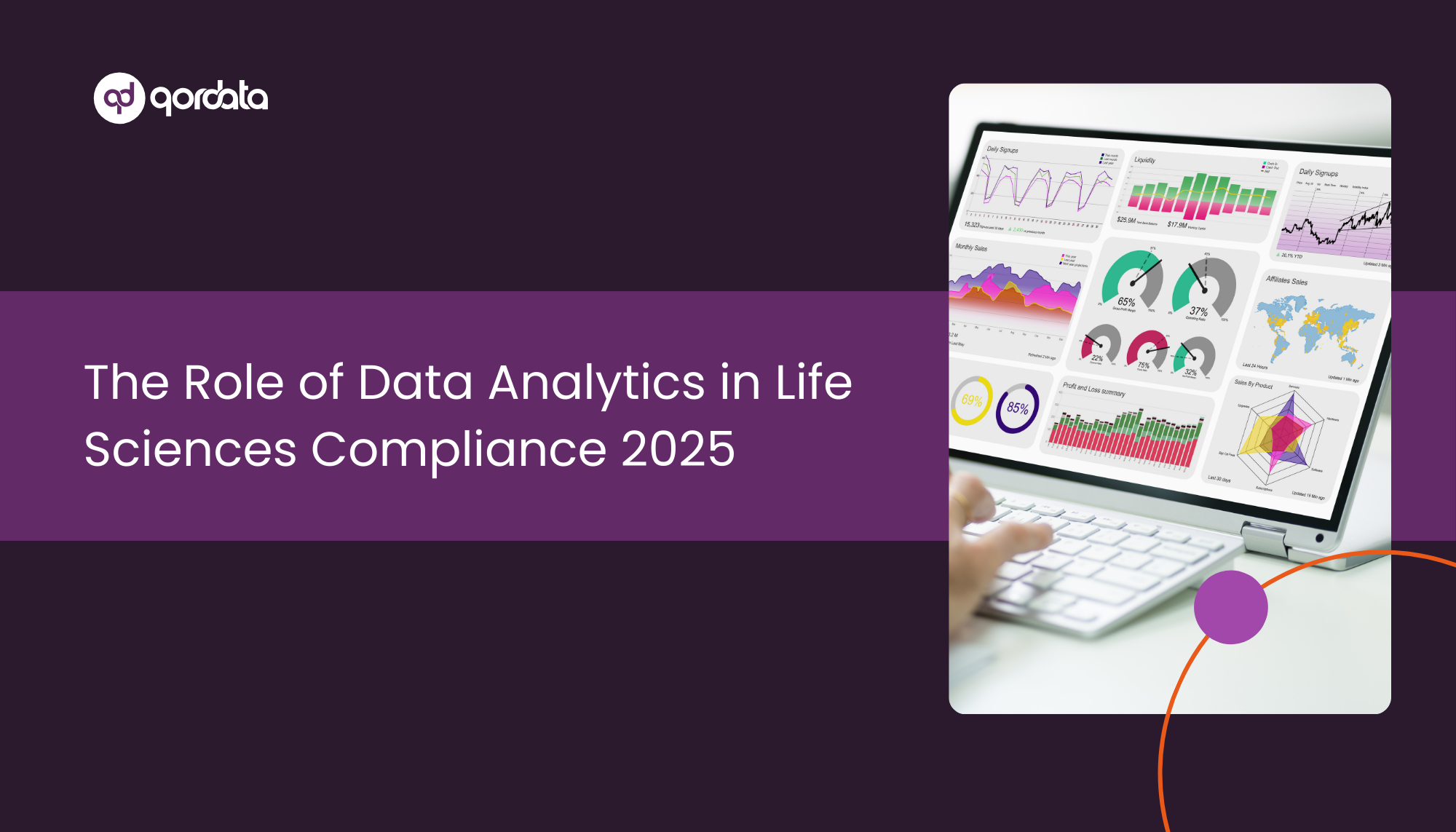In qordata’s most recent post: A Quick Quiz To Check Your Compliance Analytics Acumen, Zafar Ahmed quotes Ishita Arora on realistic scope assumptions to make when designing one’s compliance/transparency program.
We take that discussion a little further today by discussing how to better organize the pharma compliance workflow by dividing it in two phases: Reporting and analysis.
Reporting Phase I
For the uninitiated, this is the comparatively uncomfortable half of the compliance program. Or perhaps ‘uncomfortable’ is the wrong word. Better would be ‘labor intensive’:
Before your spend data is ready for reporting, it must undergo a process of consolidation and organization. And preceding consolidation is data collection.
There is potential for dispute there, especially if business lines do not submit data on time or perform acts of erroneous categorization, which, as some news items prove, can have far-reaching consequences. Training functional teams and data vendors will help and set expectations.
However, it’s still the compliance team’s job to check and verify that processes are being followed. This will include some rigorous data cleaning/mastering of data, double-checks, and informal data audits.
Once the compliance team completes this exercise, it needs to organize data. The organization’s format depends on where the data will go.
If your use of data is limited to regulatory reporting, there will be pre-specified templates. These templates will make things easier for you on the quantitative side. A word of caution though: Clarify assumptions before you start populating these templates.
The team at qordata, however, has succeeded in proving that spend data analytics serve internal and external customers equally well—depending of course, on how this data is organized.
Analytics solutions can be a big help here, as they present this data in visually appealing formats, summarizing them and giving you a clear indication of where the action is most critically needed.
Data overviews also alert the company to exceptions in data.
Analysis Phase —II
Once the reporting phase has been completed, it’s time for compliance professionals to examine the data and report exceptions to management.
Analysis is the ‘reward’ part of their hard work.
But is Phase II of the transparency/compliance process really as simple as that?
Let’s imagine the case of a hypothetical transparency/compliance professional, XYZ, who works at ABC Pharma:
XYZ has succeeded in setting the spend data machinery rolling. This means that at pre-specified intervals in the reporting year, she receives data (input) from all business lines, corporate finance, and any other relevant participant. Assuming these stakeholders have received adequate training on what implications are attached with data, they will be valuable contributors/participants in the process.
So, the data is collected. It is cleansed. Then it is compiled.
At this point, unless XYZ has engaged a good compliance analytics solution, she will be left with plenty of abstract, static data. Hard numbers that don’t tell her anything, although they are organized and categorized perfectly in tune to her data needs.
What a good compliance analytics solution can do for XYZ is provide visibility into the data so that the process of scrutinizing spend patterns becomes easier and more accurate.
Scrutiny—or examining the data for anomalies is also the next step in reporting.
XYZ consults her datasets. But she doesn’t do so with an untrained eye. She subjects her data to the same dissecting drill-down that she assumes a CMS or DoJ regulator would. Visualizing spend patterns gives her the benefit of instant and accurate error detection. It’s also a clever solution to overcoming one’s own cognitive biases.
Examining data gives our compliance professional the quantitative soundness and data support needed to question dubious spend decisions.
Even if a spend decision is a popular or well-backed one, the compliance team has the strategic armor needed to call it into question—but only if it’s data mechanism is in place.
Interpretation—easy for someone who’s been with the company and for someone who has spent some years understanding the ropes of pharmaceutical compliance. But what if our friend XYZ is a newbie?
Let’s assume she is.
Someone new to the compliance function is vulnerable to misleading input from internal and external stakeholders. But for someone with good data, which is informed by a healthy chunk of historical datasets, misleading input can be hard to sell. A strong compliance/analytics system gives the team (and especially XYZ!) clarity of thought and direction.
And now, finally, we come to the fourth stage of reporting: Comparison.
This is the real test of XYZ’s compliance and analysis skills. Pharma spend data can be dissected from a variety of angles. Drill-up, drill-down, feedback, feed-forward, competitive analysis, you name it. The task of a compliance professional is to:
- Make the right choice when comparing datasets
- Deliver the right insights into exceptions
- Offer specific recommendations to drive action



